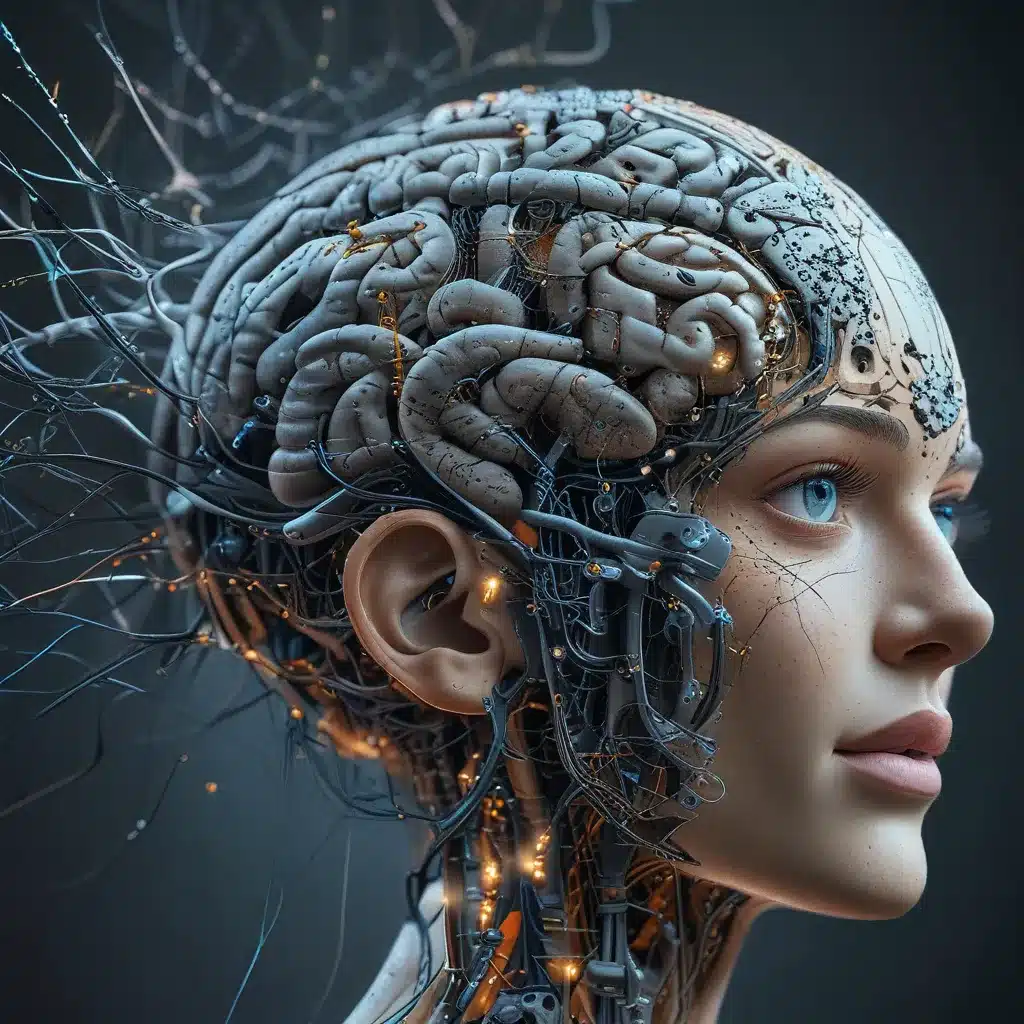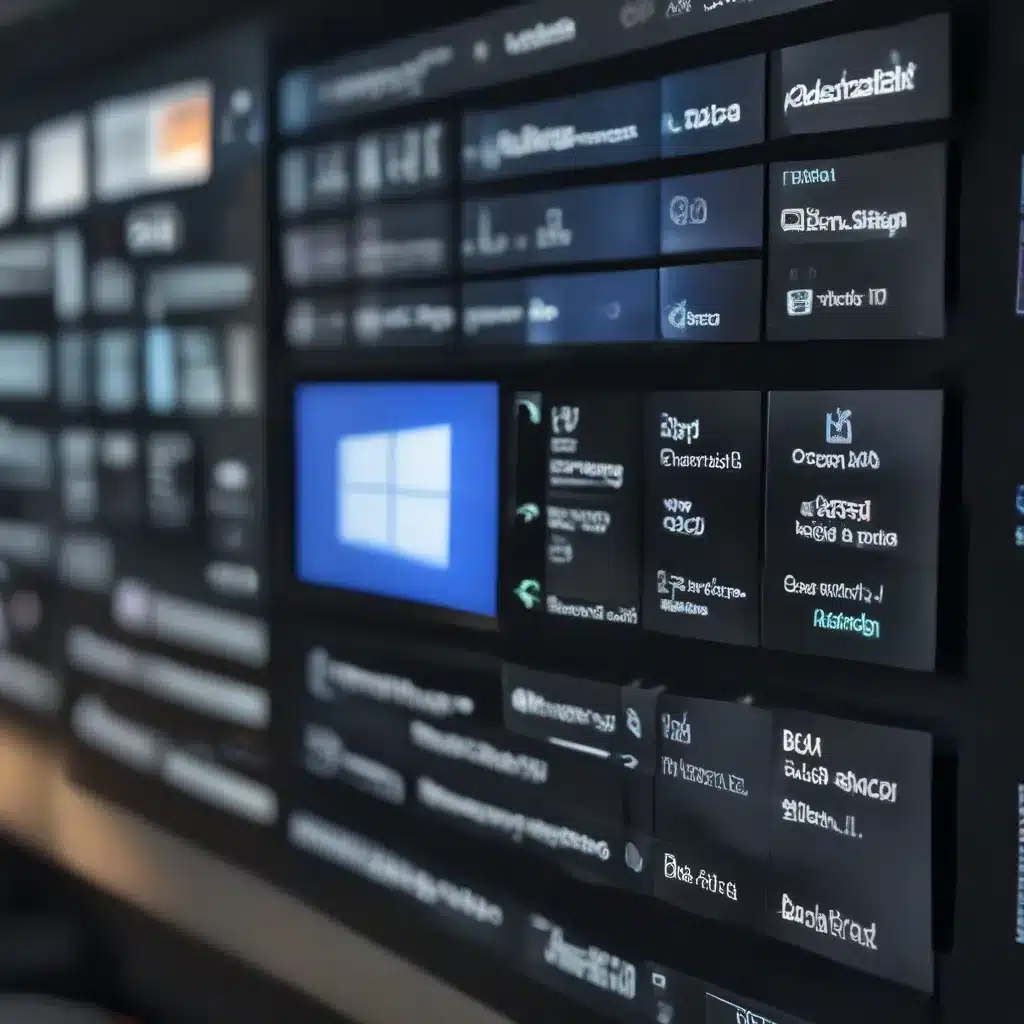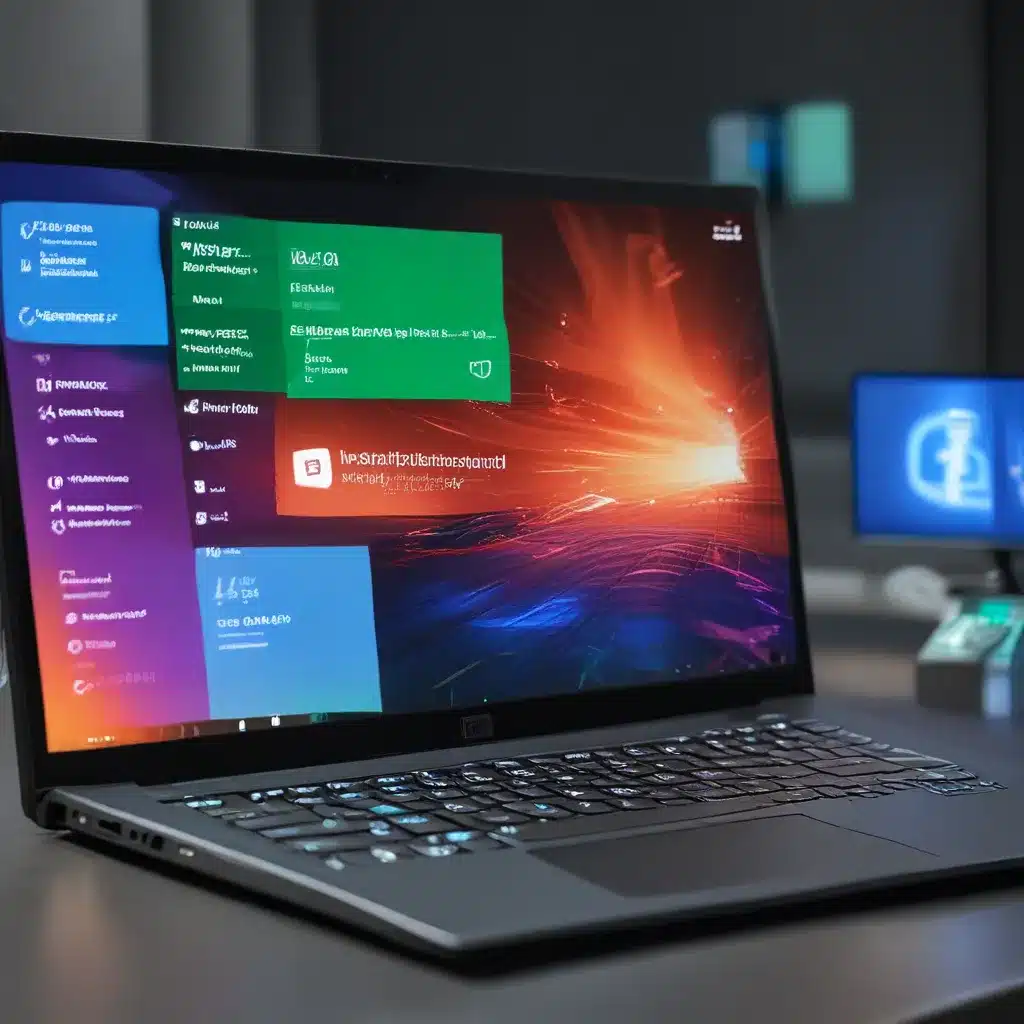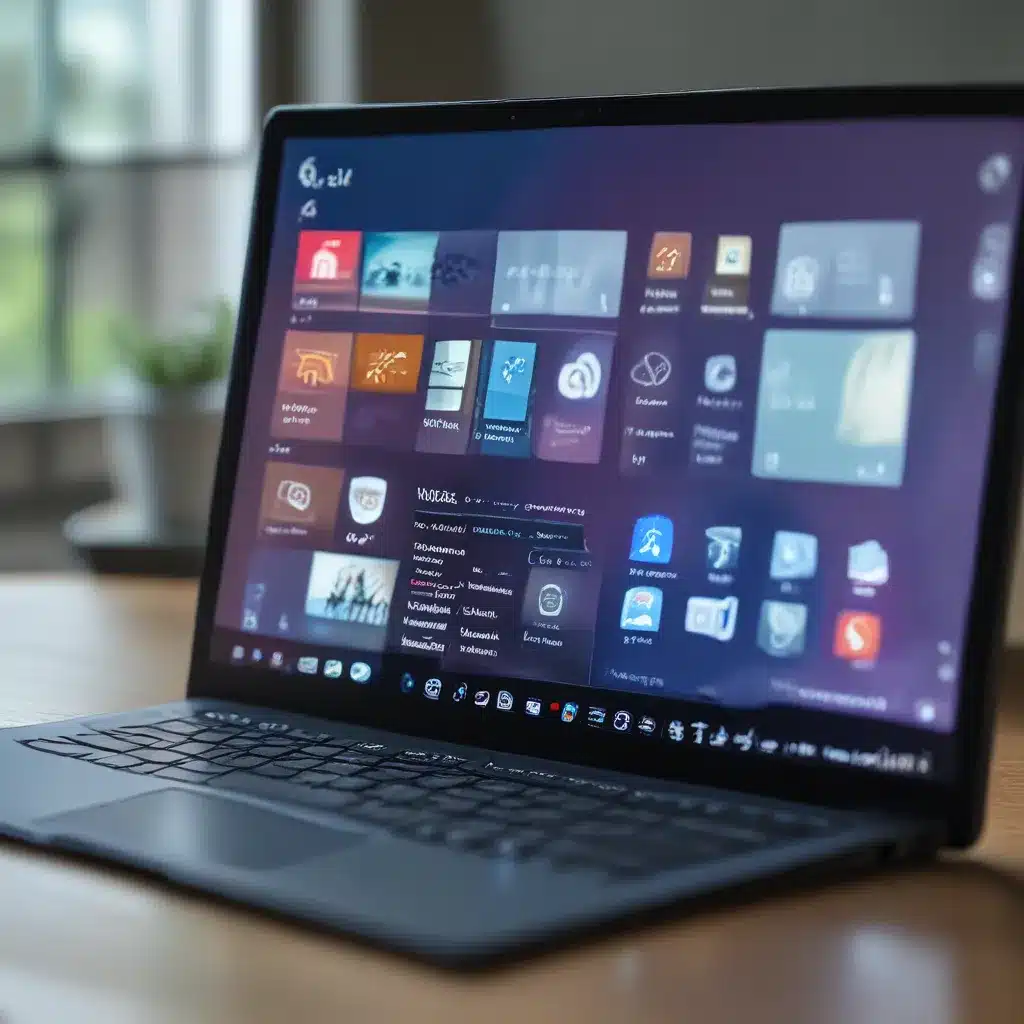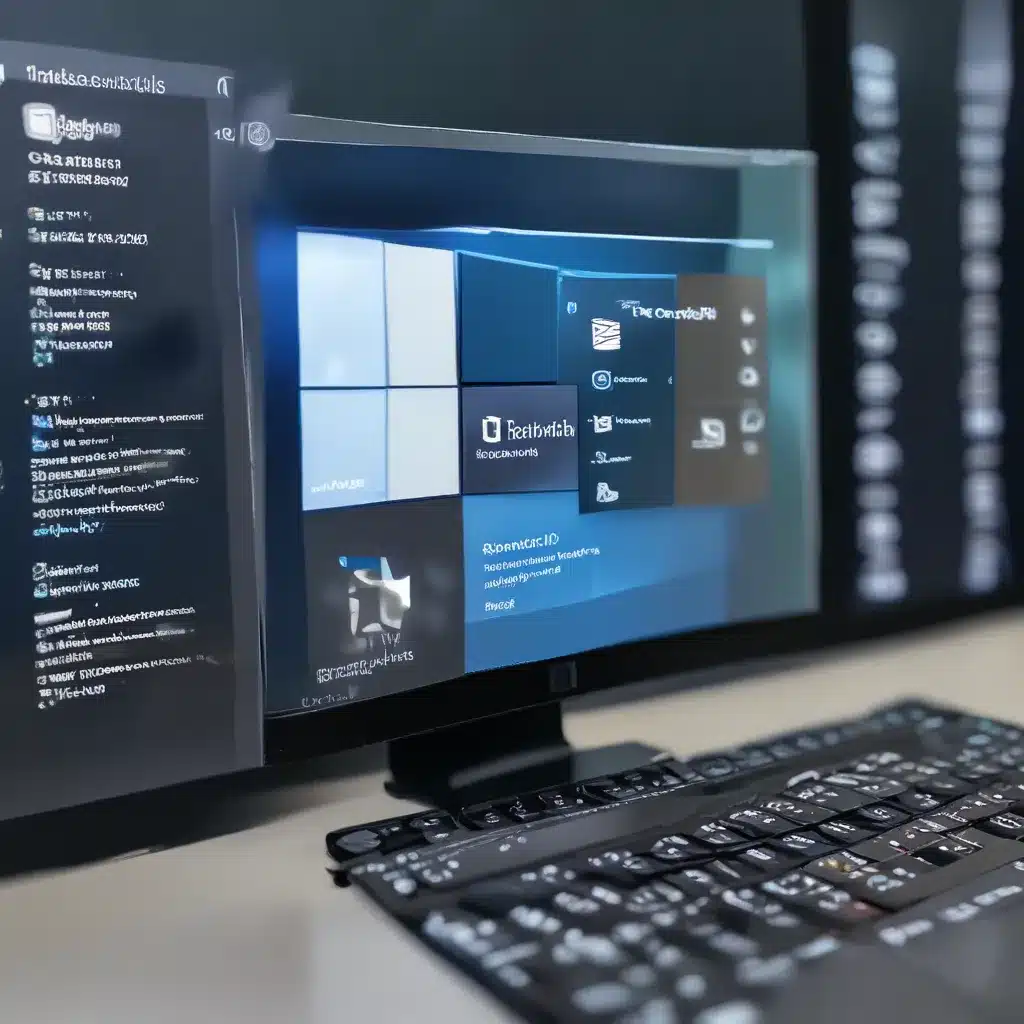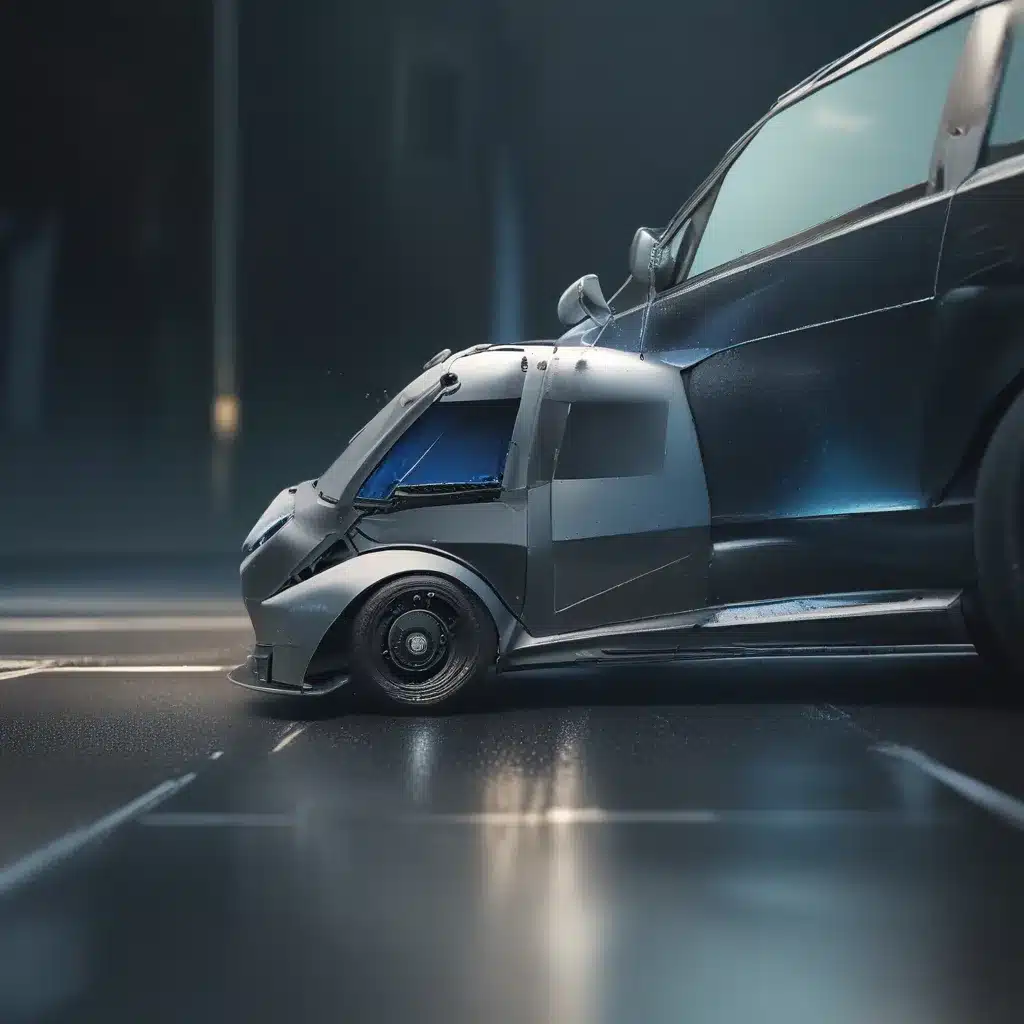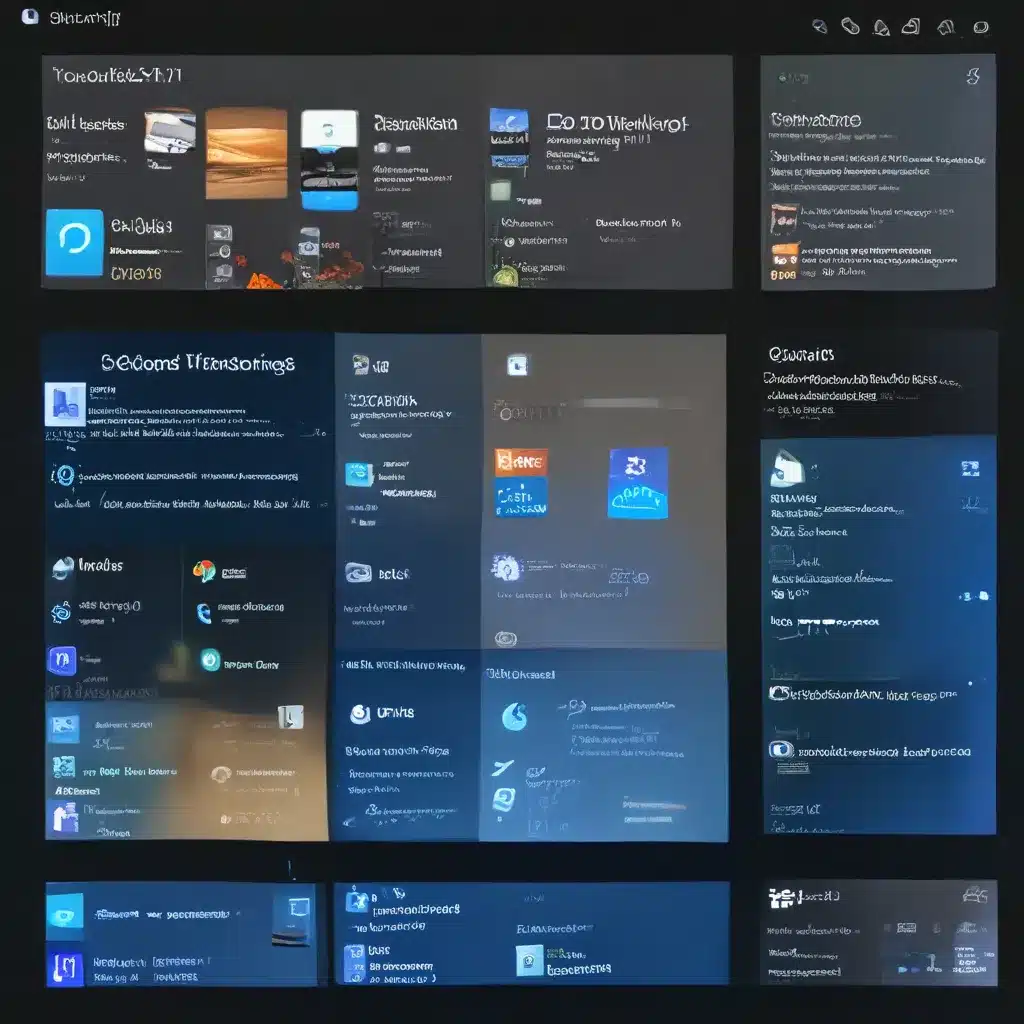The Rise of AI: Embracing the Brain’s Brilliance
As I sit at my desk, typing away with fingers that dance across the keyboard, I can’t help but marvel at the sheer complexity of the organ nestled within my skull. The human brain, a veritable powerhouse of electrical impulses and neural pathways, has long been the inspiration for the technology that powers our digital world. And now, with the rapid advancements in artificial intelligence (AI), we’re getting closer than ever to creating systems that can mimic the brain’s incredible capabilities.
It all started back in 1943, when researchers Warren S. McCulloch and Walter Pitts published a paper exploring the idea of a “logical calculus of the ideas immanent in nervous activity.” This early work laid the foundation for what would eventually become the field of neural networks – the building blocks of the AI systems we rely on today.
Fast forward to 1958, and the brilliant Frank Rosenblatt introduced the world to the perceptron, a revolutionary concept that allowed computers to “learn” by adjusting the weights of different inputs. It was a game-changer, and the start of a journey that would take us to the cutting edge of AI and beyond.
The Brain’s Influence: Neural Networks and Deep Learning
As the years passed, researchers continued to refine and expand upon the principles of neural networks, exploring ways to make them more powerful and efficient. One of the key advancements came in the 1970s, when the concept of backpropagation – the ability to adjust the internal weights of a neural network based on its performance – was introduced.
This breakthrough paved the way for the development of deep learning, a subset of machine learning that leverages multi-layered neural networks to tackle complex tasks with unprecedented accuracy. Deep learning algorithms are now powering everything from voice recognition and image classification to natural language processing and autonomous driving.
The “deep” in deep learning refers to the depth of the neural network, with more layers allowing the system to extract increasingly complex features and patterns from the data it’s trained on. And just like the human brain, these networks can learn and adapt over time, becoming more accurate and efficient with each passing iteration.
The Power of Neural Networks: From Search Engines to Self-Driving Cars
One of the most well-known examples of a neural network in action is Google’s search algorithm. Yep, that’s right – the technology that helps us find everything from recipes to research papers is actually inspired by the way our own brains process information.
By mimicking the way neurons fire and connect, Google’s search algorithm is able to quickly sift through massive amounts of data, identify patterns and relationships, and serve up the most relevant results. And the beauty of it is that it’s constantly learning and improving, just like the human brain.
But the applications of neural networks extend far beyond the realm of search engines. Artificial neural networks are now being used in everything from facial recognition and virtual assistants to self-driving cars and fraud detection.
Imagine a world where your car can anticipate your every move, adjusting the steering and braking to keep you safe on the road. That’s the power of neural networks in action – and it’s just the tip of the iceberg.
The Future of AI: Generative Models and Beyond
But as exciting as the current state of AI and neural networks might be, the real magic is yet to come. With the rise of generative AI models, we’re on the cusp of a technological revolution that could truly blur the lines between the digital and the physical.
These powerful AI systems, trained on massive datasets, can now generate everything from lifelike images and text to entirely new musical compositions. And the best part? They’re doing it in a way that mimics the creativity and imagination of the human brain.
Imagine a world where you can simply describe your dream home, and an AI system will bring it to life. Or where you can collaborate with an AI artist to create a one-of-a-kind masterpiece. The possibilities are endless, and the team at IT Fix is at the forefront of this exciting frontier.
Harnessing the Power of the Brain: Challenges and Opportunities
Of course, with great power comes great responsibility. As we continue to push the boundaries of AI and neural networks, we must also grapple with the ethical and practical implications of this technology.
Issues like data bias, algorithmic transparency, and the potential for misuse are all critical considerations. But I believe that with the right approach – one that prioritizes trust, fairness, and transparency – we can harness the incredible potential of AI to improve our lives in ways we’ve only dreamed of.
At IT Fix, we’re committed to leading the charge in this new era of intelligent technology. Whether it’s building customized AI solutions for our clients or exploring the frontiers of generative AI, we’re dedicated to pushing the boundaries of what’s possible and ensuring that the future of technology is one that truly benefits humanity.
So, what do you say? Ready to dive into the mind-bending world of AI and neural networks? Join me on this incredible journey as we discover the tech that’s poised to change the world.

